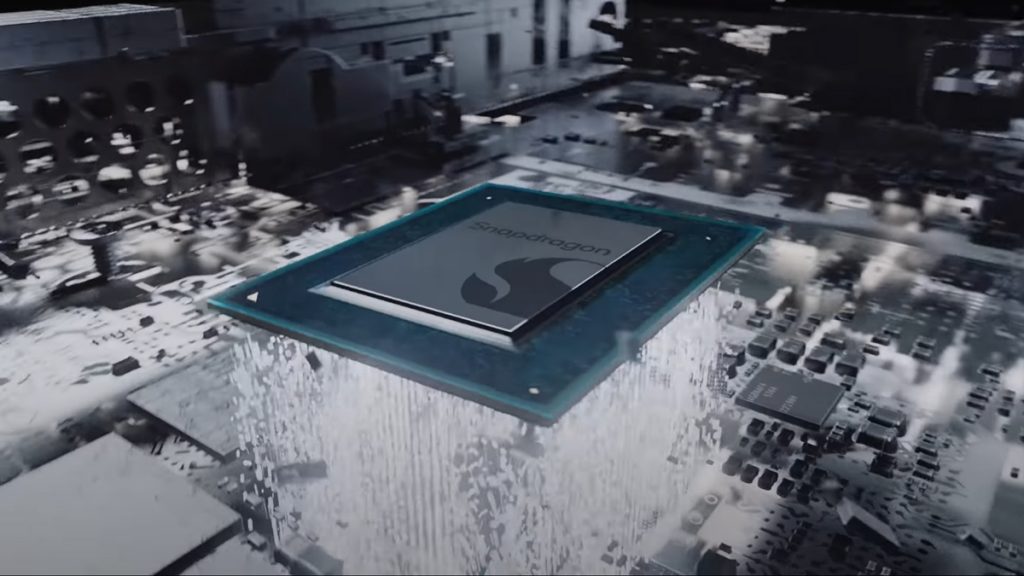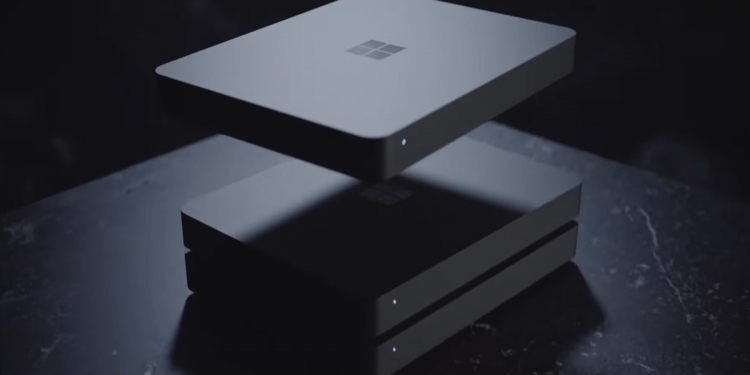Microsoft Build, their annual developer conference, is happening now and while it usually only covers the software side of things, this year they’ve actually revealed a new piece of hardware called Project Volterra. It’s a new device from Microsoft that will be an Arm-powered PC meant to target developers seeking to explore AI scenarios.
Microsoft had not revealed much about Project Volterra, but did say that it will be powered by the Qualcomm Snapdragon platform, their long-standing partner in its lineup of Arm-powered hardware; pervious Snapdragon chips such as the SQ1 and SQ2 powered their Surface Pro X for instance. However, one key difference between this and Microsoft’s previous Arm-powered devices is that it will feature the new Qualcomm Neural Processing SDK for Windows toolkit. This neural processing unit will come with what they claim is the best-in-class AI computing capacity.

This is a pretty sudden move as PCs typically don’t come with a neural processing unit, or an NPU for short. Instead, you’ve probably seen them more on smartphones. However, NPUs are starting to become more commonplace, with the likes of Apple especially incorporating NPUs into their Apple Silicon chips such as the Apple M1. Microsoft seems to think that NPUs will become a new standard in devices in the near future, and so are trying to get themselves on board as soon as possible by supporting them on Windows.
“And because we expect to see NPUs being built into most, if not all, future computing devices, we’re going to make it easy for developers to leverage these new capabilities, by baking support for NPUs into the end-to-end Windows platform,” – Panos Panay, Microsoft Chief Product Officer of Windows and Devices
Project Volterra will also see Microsoft launch a native Arm version of Visual Studio 2022, slated for release in the coming weeks. Previously, Microsoft’s Arm devices like the Surface Pro X had to run Visual Studio through x64 emulation, meaning that several features were missing and performance was not on par with its x64 rivals.
As for the mini PC itself, Project Volterra will only be coming later in the year. They showed off some of its I/O too, with a DisplayPort port, an Ethernet port, two USB-C ports and three USB-A ports on the chassis. Microsoft also highlights that the case is built out of recycled ocean plastic. The mini PC has a ‘stackable design’ too, ostensibly meaning you can place a number of them on top of each other. For more info on Project Volterra, you can check out Panay’s full blog post on the Microsoft website.








